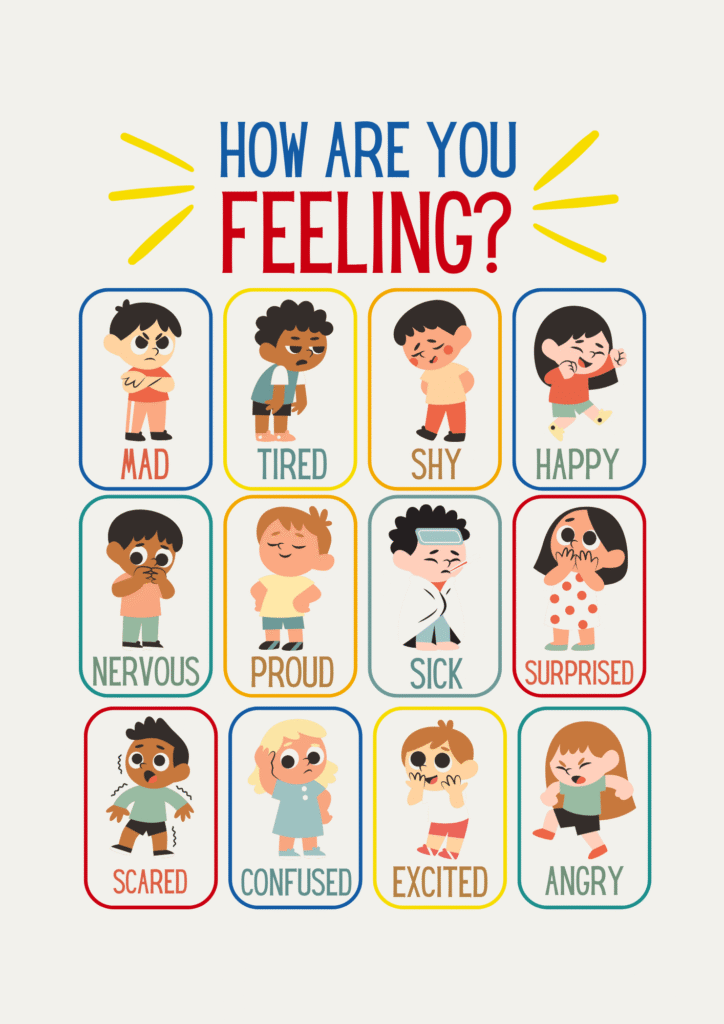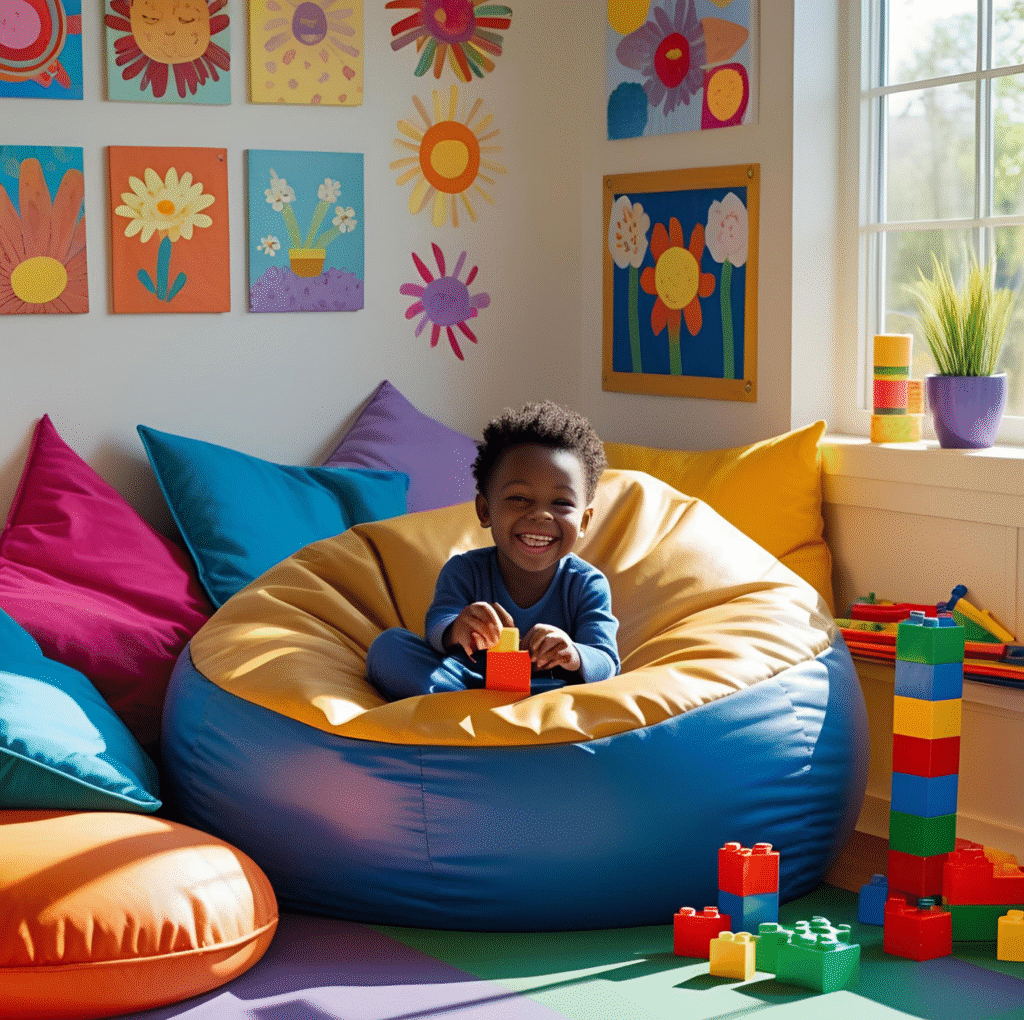
Effective Behaviour Management in Preschools
Managing children’s behaviour can sometimes be challenging, but it is also one of the most rewarding parts of teaching. Young children are still learning to navigate the world, and it is vital to guide them, not only in academic learning but also in their social and emotional development. Positive behavioural management techniques create a calm, safe, and welcoming environment that helps children thrive.
Here are some simple but powerful strategies, as introduced in our teachers’ workshop, to encourage good behaviour in your classroom:
1. Set clear and simple classroom rules
Children feel safe and secure when they understand what is expected of them. For example, fairly simple rules like “use kind words” or “listen when someone is talking” help children understand how to behave. Make sure to explain the rules regularly and remind them with visual cues where possible. This will make it easier for the young ones to understand and remember the rules.
2. Use positive reinforcement
Children respond well when their good behaviour is noticed and praised. Positive reinforcement like saying “Well done!” or giving small rewards (like stickers) for positive actions encourages children to continue behaving well. Praise and encouragement are more effective than focusing only on mistakes. When children feel proud of their good behaviour, they will want to repeat it!
3. Establish routines and use visual cues
Maintaining daily routines in your classroom helps children understand the flow of the day. Use visual cues, like pictures of activities, to help guide them through their schedules. For example, you might want to have pictures of snack times, playtime, and story-time to help them anticipate what will happen next. When routines are predictable, children feel more secure and are less likely to act out.
4. Teach emotional regulation
It is important to help children understand their feelings and learn how to manage them. Simple activities like breathing exercises or guided storytelling can help children calm down when they are upset. You can also read books about feelings and talk about how different emotions feel and look. These activities not only help children manage their own emotions, but also teach them valuable empathy and understanding for others.
5. Redirect unwanted behaviour
It is nevertheless likely that sometimes children will still act out or engage in unwanted behaviours. Then, instead of focusing on the negative behaviour, try redirecting them to a more positive activity. For example, if a child is interrupting others during a group activity, you may gently redirect them by saying “Please wait until it is your turn to share”. You may consider providing a physical object, like a “talking stick”, to help the child see and thereby understand whose turn it is to speak.

6. Offer limited choices
Children love to feel independent. By offering limited choices, you give children the chance to make decisions on their own, which help them develop confidence and decision-making skills. For example, instead of saying “Pick up your toys!”, you could ask, “Do you want to pick up the blocks or the puzzle first?”. This empowers children and encourages them to take responsibility for their actions.
7. Apply logical and fair consequences
Instead of using punishment, focus on applying consequences that make sense. Consequences should be directly related to the poor behaviour, and they should serve to help children understand why their actions are not acceptable, instead of simply telling them that they are not. Always aim to be calm, consistent and fair in applying consequences!

8. Create a calm-down corner
Sometimes, children need a space to calm down when they are feeling overwhelmed. Creating a “calm-down corner” in your classroom gives children a safe place to go when they need a break. Fill it with soft cushions, calming visuals, or toys to help them relax. Teach children how to use this space when they need to take a moment to calm their bodies and minds. Sometimes, it is easier for children to focus on something tangible, like their bodies, than something more abstract, like their nerves or emotions.
9. Encourage problem-solving through guided conversations
When appropriate, instead of immediately stepping in to solve problems for children, you might want to encourage them to think through solutions. When conflict arise, guide the children through the problem-solving process by asking questions like: “What do you think we can do to fix this?”, or “How can we make sure everyone is happy?”. Such questions help children develop important skills like conflict resolution and cooperation.
It is important to note that corporal punishment is not only harmful, but also illegal in South Africa! Using non-violent discipline strategies promotes respect, understanding and kindness, instead of shame, guilt and loneliness. Resorting to supportive strategies like the ones explained above can help avoid physical punishment.
When we focus on understanding and patience, we build stronger relationships with our students and create a learning environment where children feel safe, loved and valued.
Remember, it is not about being perfect; it is about being consistent, kind and patient.

